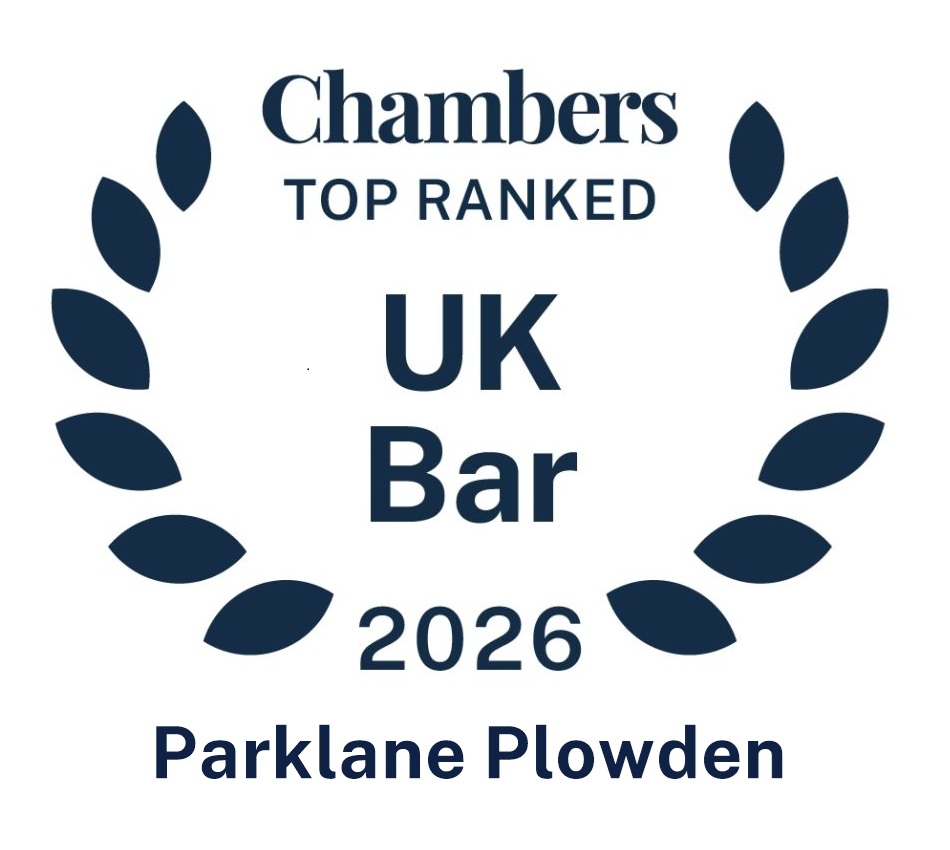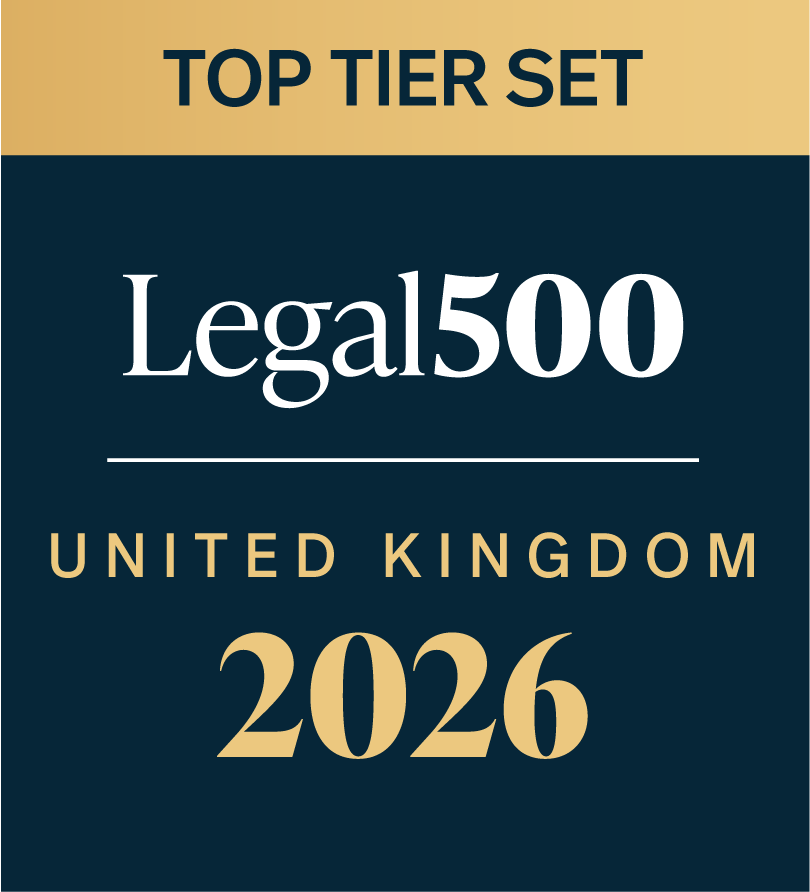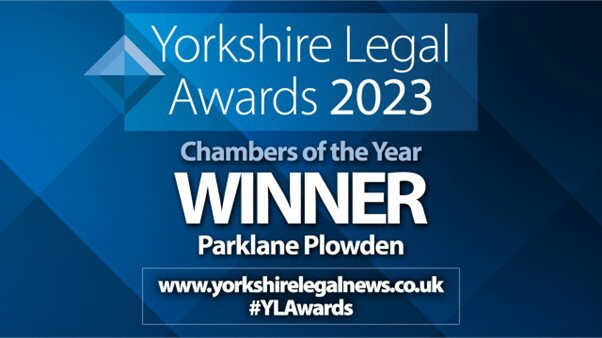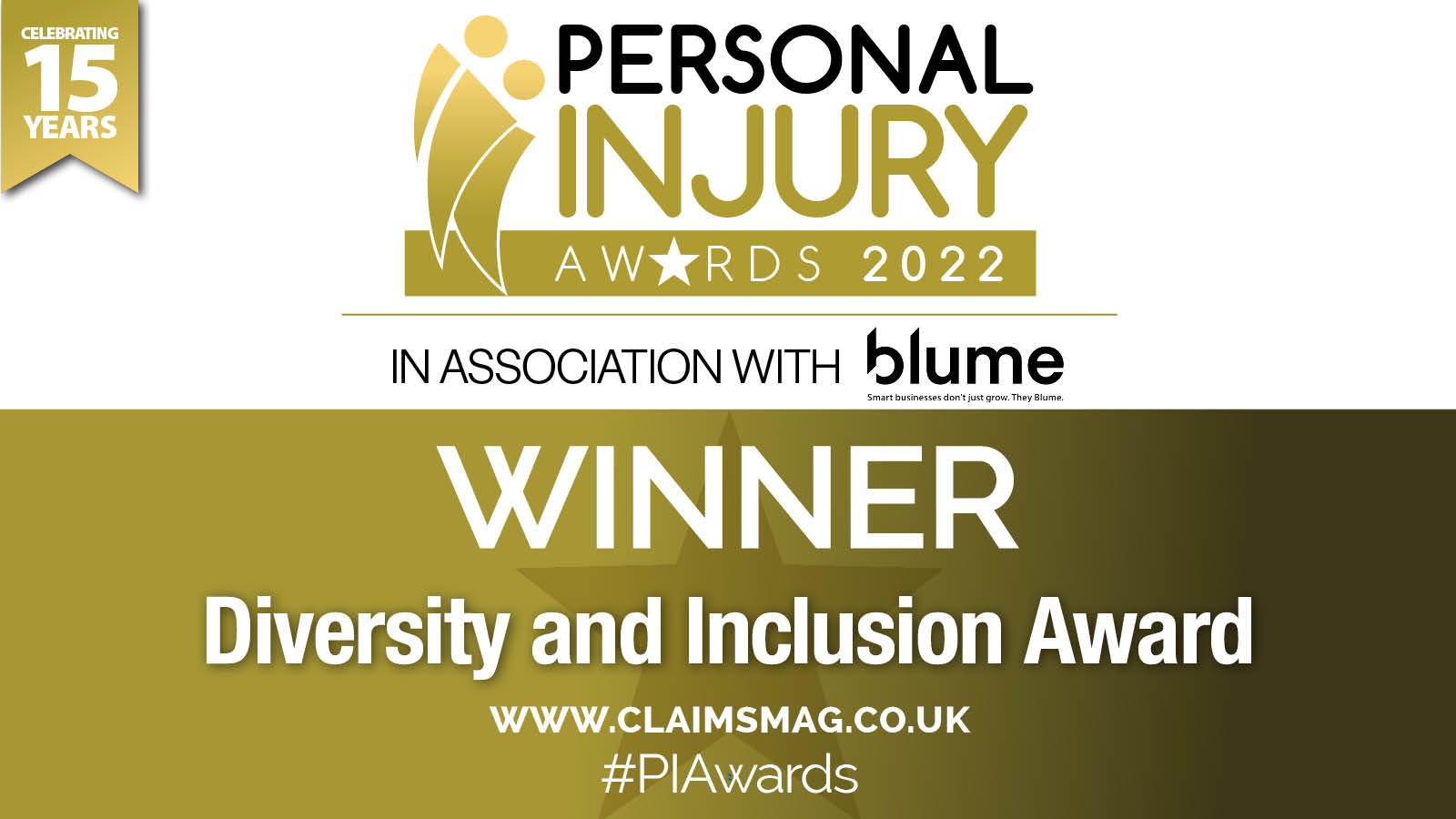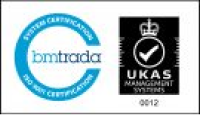When a Sigh Becomes a Legal Issue: The Implications of Non-Verbal Discrimination

In a striking reminder of the constant evolution of workplace dynamics under equality law, a UK Employment Tribunal ruled that non-verbal expressions such as sighing or exhaling in frustration at a colleague could amount to workplace harassment and/or discrimination. This decision highlights the growing recognition of the impact of subtle, often-overlooked behaviours, particularly in cases involving employees with disabilities.
The judgment of Robert Watson v Roke Manor Research Limited was published last week, concerning a software engineer with ADHD. The Tribunal heard that his project manager repeatedly sighed and made exaggerated exhalations directed at him, which were interpreted as expressing irritation or disapproval. The Claimant was also criticised for his timekeeping and focus issues, both of which were linked to his ADHD, and endured demeaning comments such as being called a “net detriment” as well as subjected to further disparaging remarks about his condition, before ultimately being dismissed. This led to the Claimant experiencing anxiety and stress.
Legal Findings
The Claimant succeeded in the following claims:
- Discrimination arising from disability (section 15 Equality Act 2010)
- Failure to make reasonable adjustments (section 20 and 21)
- Harassment related to disability (section 26)
Employment Judge Rayner found in favour of the Claimant, concluding that the Respondent’s cumulative failures in their legal duties amounted to unlawful treatment. She remarked that even subtle behaviours can carry serious weight, stating: “Reactions from others, verbally or as a gesture, can have a damning effect on self-esteem and anxiety.” [167]
The Respondent argued that the manager’s behaviour was caused by significant work-related stress and pressure, and they were unaware of the Claimant’s ADHD diagnosis until after his sick leave. The Tribunal was unconvinced of this, and although acknowledged that the manager’s stress was a “genuine source of pressure and frustration” [634] following the Claimant’s performance issues, the Judge concluded it did “not excuse [his] behaviour or treatment of the Claimant.”
Moreover, The Tribunal criticised the Respondent for missing multiple opportunities to constructively intervene, having failed to investigate the underlying causes of the Claimant’s performance issues or provide support before and after his diagnosis through implementing measures to address the issues: “Had the Respondent taken steps to identify adjustments required for the Claimant at an earlier stage and provided both him and the project lead with necessary support it is entirely possible that [his manager] would not have himself suffered with such work pressure and it is possible therefore that this discrimination would have been avoided.” [634]
Commentary: A Shift in the Legal Landscape
This decision has far-reaching implications for employers by establishing that harassment and/or discriminatory conduct is not limited to overtly hostile remarks or discriminatory policies; it can also manifest through tone, gestures, and body language. In environments where neurodivergent employees may already feel under pressure to mask or compensate for their differences, subtle non-verbal cues from colleagues or managers can have a disproportionate impact.
The ruling expands the definition of harassment to include non-verbal expressions that can be perceived as offensive or creating a hostile work environment. Employers are now expected to be more aware of subtle behaviours and their impact on employees with protected characteristics. This may be through additional training to recognise how their conduct, including body language, can be perceived, as well as proactively assess whether performance concerns may stem from unaddressed disabilities. This coincides with new ACAS guidance about making the workplace more neuroinclusive. The ruling reinforces that building an inclusive workplace means creating an environment where all employees feel respected, supported, and free from hostility, however subtle its expression.
The Claimant’s compensation is to be determined at a future hearing.





